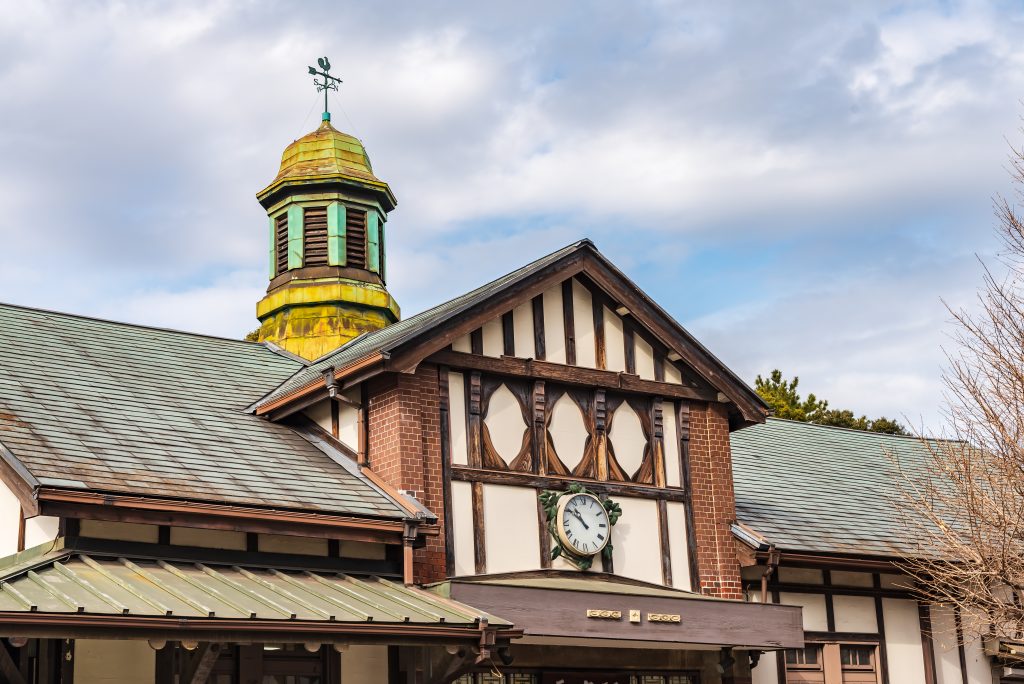
- ARAB NEWS
- 11 Jul 2025

Work to demolish the old building of Harajuku Station, a long-time symbol of Tokyo’s Harajuku district, a hub for young people, is set to start on Monday.
The demolition will put an end to the historic building, which was completed 96 years ago.
Famous for its triangular roof and a weathercock placed on the roof, the oldest wooden train station building in Tokyo was constructed in a Western style called half-timbering. It was completed in 1924 mainly for use by visitors to nearby Meiji Jingu, a large Shinto shrine, which was built in 1920.
The building of the station on the Yamanote Line of East Japan Railway Co., of JR East, survived World War II. The aged structure was replaced by the new Harajuku Station building in March this year.
“The wooden building with an idyllic exterior was easily accepted by citizens at the time of its completion when the so-called garden city concept that attaches importance to a suburban life and nature was spreading and people were starting to introduce the Western lifestyle,” Shigeru Onoda, an official at the Railway Technical Research Institute, said.
According a document compiled by the now-defunct Japanese National Railways, about 10 incendiary bombs hit the former Harajuku Station building in an airstrike in April 1945 in the final phase of the war, but the structure escaped being destroyed by a fire because none of the bombs exploded.
Areas around the station were burned to the ground in the war, but achieved a marked recovery in the postwar economic boom. The Yoyogi national stadium, which is about a five-minute walk from the station was used as the venue for swimming and other events in the 1964 Tokyo Olympics.
Later, a road near Harajuku Station was opened to pedestrians as a vehicle-free zone, with young people, such as “takenoko-zoku” (bamboo shoot tribe), referring to people dancing to disco music in colorful costumes, flocking to the area.
The station is also close to Takeshita-dori, a major Harajuku area street crammed with fashion and sweets shops, and to the Omotesando high-end district.
The old Harajuku Station building ended its service in March this year, and is set to be dismantled as it does not meet fireproof standards.
Some parts, such as stained glass, remain intact in the station building since its completion, according to JR East. After the building is demolished, a replica of its exterior is planned to be constructed near the new Harajuku Station building, partially using materials from the old building.
“It feels like an era is ending,” Toichi Shinohara, 79, who was born and raised in the Harajuku district, said.
“I’m saddened that the old Harajuku Station building will be destroyed, but I feel relieved that a replica with the same design is set to be built,” said Shinohara, who heads a local community association. “I’d like to thank (the old station building) for serving us for a long period of time,” he said.
JIJI Press